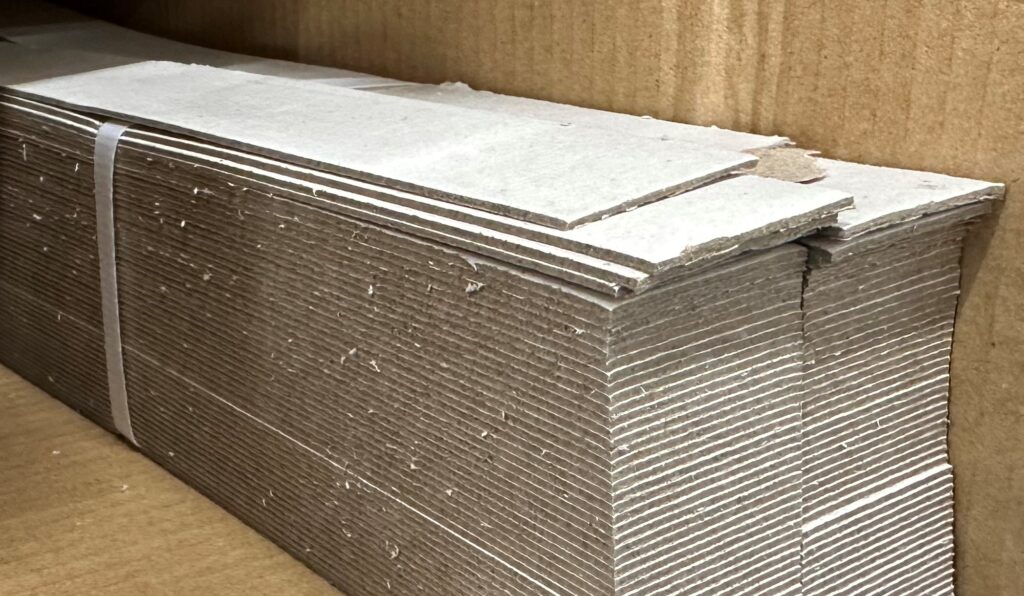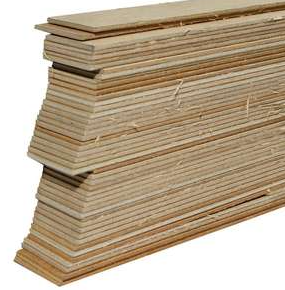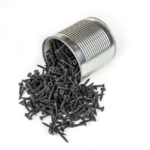If you’ve ever used drywall shims, you know them to be the greatest invention of all time. What was once an uneven butt joint, or sagging ceiling joist, is now a perfectly flat and level drywall surface.
Walls and ceilings are now flat, with a perfectly shadowless, smooth-painted finish, all thanks to the amazing drywall shim.
What Are Drywall Shims?
Drywall shims are used for framing irregularities and floating drywall butt-joints. Made from cardboard, drywall shims are usually 1 1/2″ wide and 45″ long. The great thing about drywall shims is they are easily customizable to the correct length you need while inexpensive and easy to install.

When to Use Drywall Shims
The two most common uses for drywall shims are floating butt joints and leveling out framing irregularities.
Floating Drywall Butt-Joints – A flat, smooth wall requires drywall butt joints that align perfectly. You might be asking, if two butt joints are attached to the same stud, how could they not be aligned? In a perfect world, you would never require drywall shims, but wood framing is anything but perfect.
Sometimes, wood backing is added to wall studs when the layout doesn’t perfectly align with the drywall sheet’s edge. And when this wood backing is not flush with the wall studs, drywall joints will not be aligned.

This is where drywall shims can be a lifesaver. Adding drywall shims to the lower surface and bringing one butt joint up to match the adjoining butt joint will make your wall flat.
If you skip the drywall shim, thinking your drywall taping skills can fix any mistake, you have never been more wrong in your entire life.
Taping joint compound is used for filling in joints, corner bead, and screw holes. It’s not for fixing bad, uneven drywall hanging work. And no, you cannot smooth out an uneven taping job by sanding it flat. Don’t even think about it.
- Fixing Framing Irregularities
Even when all your drywall butt joints line up perfectly flat, you still may need drywall shims. Wood framing members are not always straight and without bows. Uneven studs, roof trusses, and floor joist can be a perfect place for a drywall shim.
Sometimes, your DIY drywall repair project will uncover nasty and uneven wood framing. Have no fear; a pack of drywall shims will save the day.

Other Uses for Drywall Shims
It’s not only butt joints that require drywall shims. You can use them to level baseboards and flush out bullnose corner adaptors.
Tools Needed For Drywall Shims
- Staple gun or drywall adhesive
- Pencil
- Cardboard drywall shims
- Chalk line, straight edge, plumb line, or a laser level
- Drywall hanging hand tools
Drywall Shims Step by Step
- Determine the shim thickness required with a straight edge, chalk line, or laser level. You may need to shim several studs in different thicknesses. Write the dimension on the stud as you measure each one.
- Use as many shims as necessary to create a consistently flat surface. Start with the stud showing the greater inset, and work your way out.
- With a staple gun, attach the drywall shims to the stud. Too many shims will make it difficult for the staple to hold them in place. Using more than 3 or 4 shims will also weaken the attachment of the drywall screw to the wood stud.
- Install the drywall sheets over the shims using the proper length sheetrock screws.

How to Make Drywall Shims
If you need to shim drywall without the pre-manufactured, store-bought shims, it’s possible to make your own.
To make your own drywall shims, use non-corrugated cardboard. Measure strips 1 1/2″ wide and trace with a pencil and straight edge. Cut out the drywall shims with a utility knife.
Where to Buy Drywall Shims
Drywall shims are typically sold in bundles of 100 near the drywall supply section and can be found at Home Depot, Lowes, or other home improvement stores.

Can Drywall Shims be Used Where Moisture is Present?
No, drywall shims are made of cardboard and should not be used in high-moisture areas. Keep in mind, drywall shims are for interior use only, and are not to be used around exterior window and door openings where moisture may create mildew and mold.

Do Drywall Shims Taper to Zero?
No, drywall shims are a consistent thickness and do not taper. Typically, drywall shims are 1/16″ thick.
Can I Cut Drywall Shims With Scissors?
Cutting drywall shims with scissors is possible, but a sharp drywall utility knife or heavy-duty shear will work even better.
What Can I Use Besides Cardboard Drywall Shims?
Cardboard drywall shims are easy to install and cut and inexpensive. That’s what makes them the most popular type of shim. But there are several other options, such as wood shims, metal shims, stainless steel shims, and plastic shims.
Some DIY drywall installation projects require shims impervious to water for use in high-moisture areas or exterior applications.

Installation Guides – The USG Gypsum Construction Handbook



